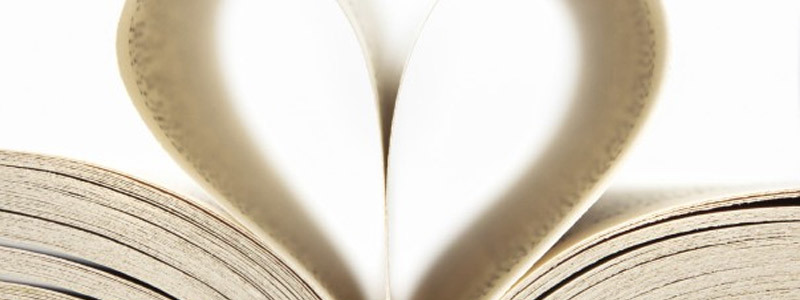When Bad Things Happen to Good People

By Deirdre Shaffer, MSW, LCSW
Many books have been written about the meaning of difficult and painful challenges in life and why they happen. It’s been the subject of psychological, philosophical, and spiritual researchers who seek to understand the purpose of pain and suffering in an imperfect world. You may have read a self-help book or two that endeavor to help with understanding and healing from difficult losses and transitions. Divorce is one of those life events that evoke tremendous grief and pain. It can lead to confusion, despair, and fear, requiring significant life reevaluation and restructuring.
Making sense of the struggles presented in uncoupling and staring over is a necessary task in divorce. One that when negotiated fully leads to new possibilities and profound personal growth. The following books delve deeply into the psychological and spiritual processes of healing and may help with the challenge of turning negatives into positives and despair into hope.
“When Bad Things Happen To Good People,” the iconic book by Harold S. Kushner, a rabbi facing his own child’s fatal illness, focuses on the “profound doubts and fears that arise when tragedy strikes.”
In “Man’s Search For Meaning,” Victor Frankl, psychiatrist and Holocaust survivor, writes that “we can’t avoid suffering but we can choose how to cope with it, find meaning in it, and move forward with renewed purpose.”
Pema Chodron, Buddhist nun and teacher, is the head of a Tibetan monastery in Canada. In her book, “When Things Fall Apart: Heart Advice for Difficult Times,” she discusses:
-using painful emotions to cultivate wisdom, compassion, and courage
-communicating so as to encourage others to open up rather than shut down
-practices for reversing habitual patterns
-methods for working with chaotic situations
-ways for creating effective social action.
Henri Nouwen, Catholic priest, authored “Turn My Mourning Into Dancing”. He “suggests that by greeting life’s pains with something other than despair, we can find surprising joy in our suffering. The way through suffering is not in denial but rather in living fully in the midst of the trials life brings our way.”
Through the sage advice in these beautifully written books, we learn that the power to heal lies within ourselves. We create our own sadness or contentment based on our beliefs, thoughts, and responses. In “A Course in Miracles,” the theory that “the definition of a miracle is simply a change in perception” resounds with this message and, hopefully, leads us to search for new ways of thinking about bad things that happen to good people.
